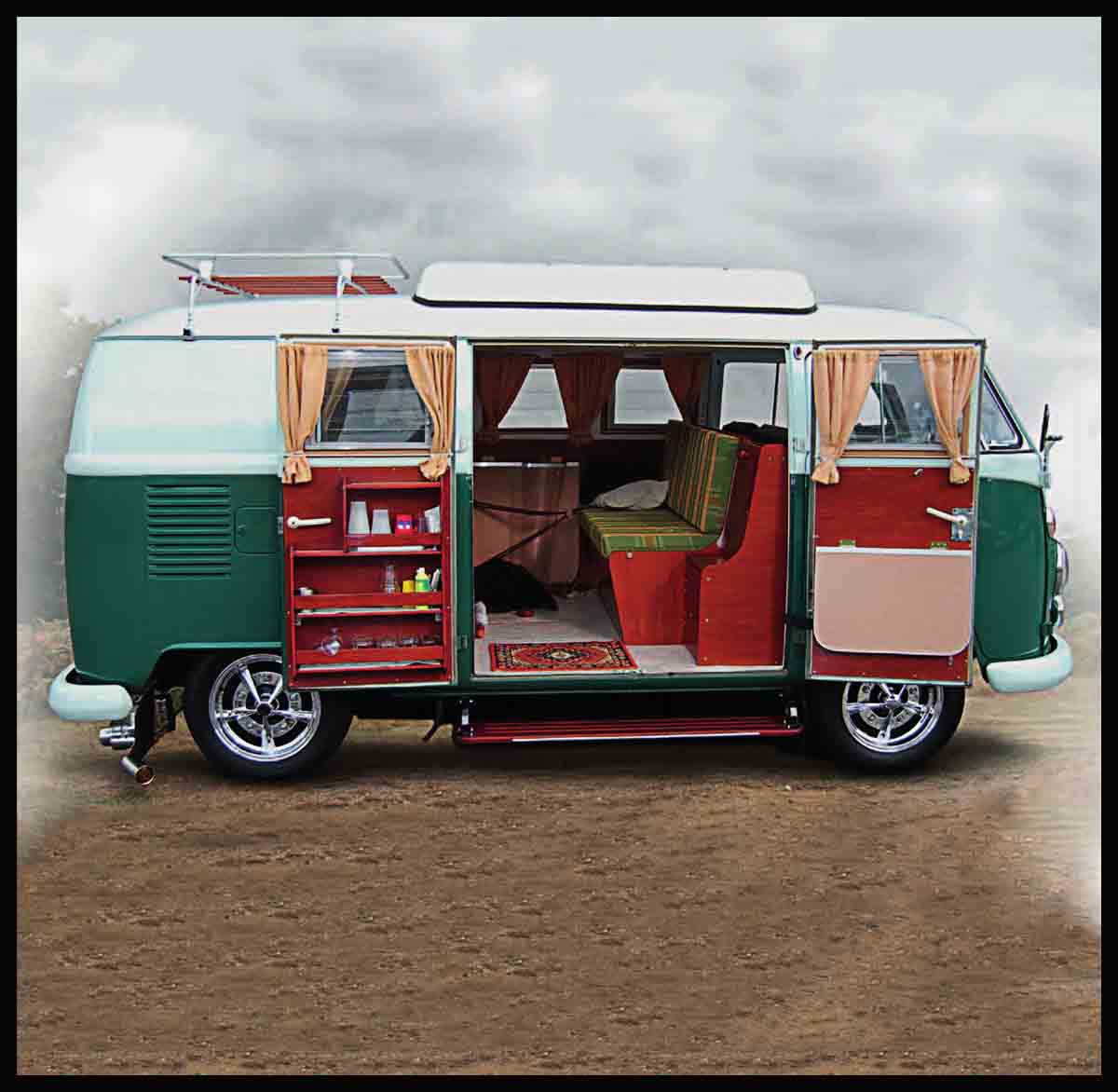
Great Marques—The Volkswagen Story
Volkswagen began in 1937 with the humble Beetle, which went on to become the best-selling car of all time. Since then, Volkswagen has grown into Europe’s largest automotive group, with a diverse range of products and brands-from the mass-market Skoda and \ SEAT to luxury brands such as Bugatti, Bentley, and Lamborghini.
“Nobody gave me a real brief. I was just told to go there and do something.”
MAJOR IVAN HIRST, THE BRITISH OFFICER WHO REORGANIZED VOLKSWAGEN AFTER WORLD WAR II
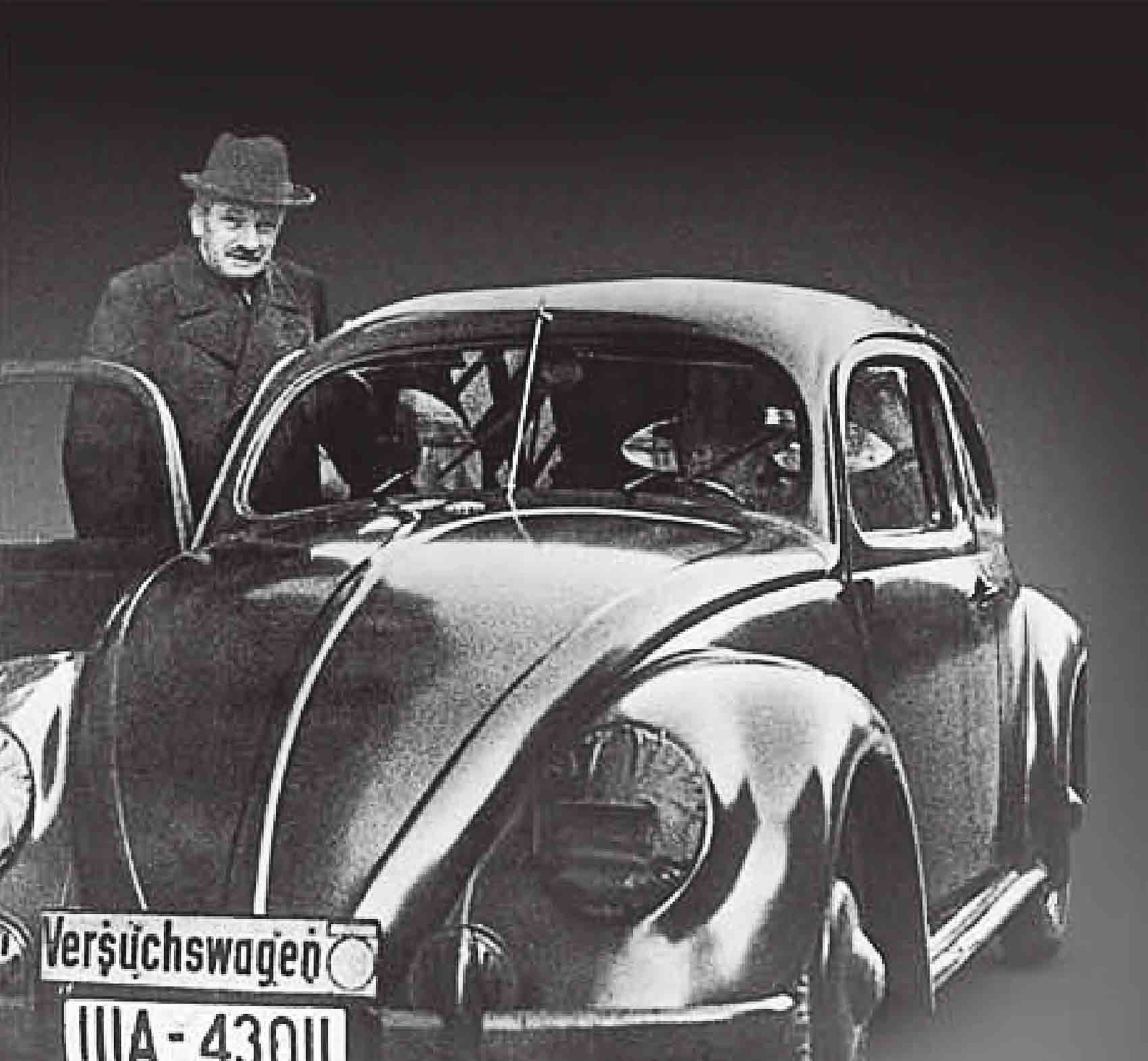
VOLKSWAGEN IS GERMAN for “people’s car,” and it was Adolf Hitler’s vision of a car for the German masses that led directly to the establishment of the company. Hitler sketched out his ideas in 1932, and in 1934 the renowned automotive engineer Ferdinand Porsche was engaged to design the real thing, known as the Kdf-Wagen. Prototypes designed by Porsche and Erwin Komenda, which were running by 1938, had many similarities to the products of Tatra, the Czech car manufacturer. In response, Tatra sued Volkswagen; the Czech company was awarded damages many years later.
Only a few production Volkswagens were built before World War II. During the war, the design was adapted to produce military vehicles, including the amphibious Schwimmwagen.
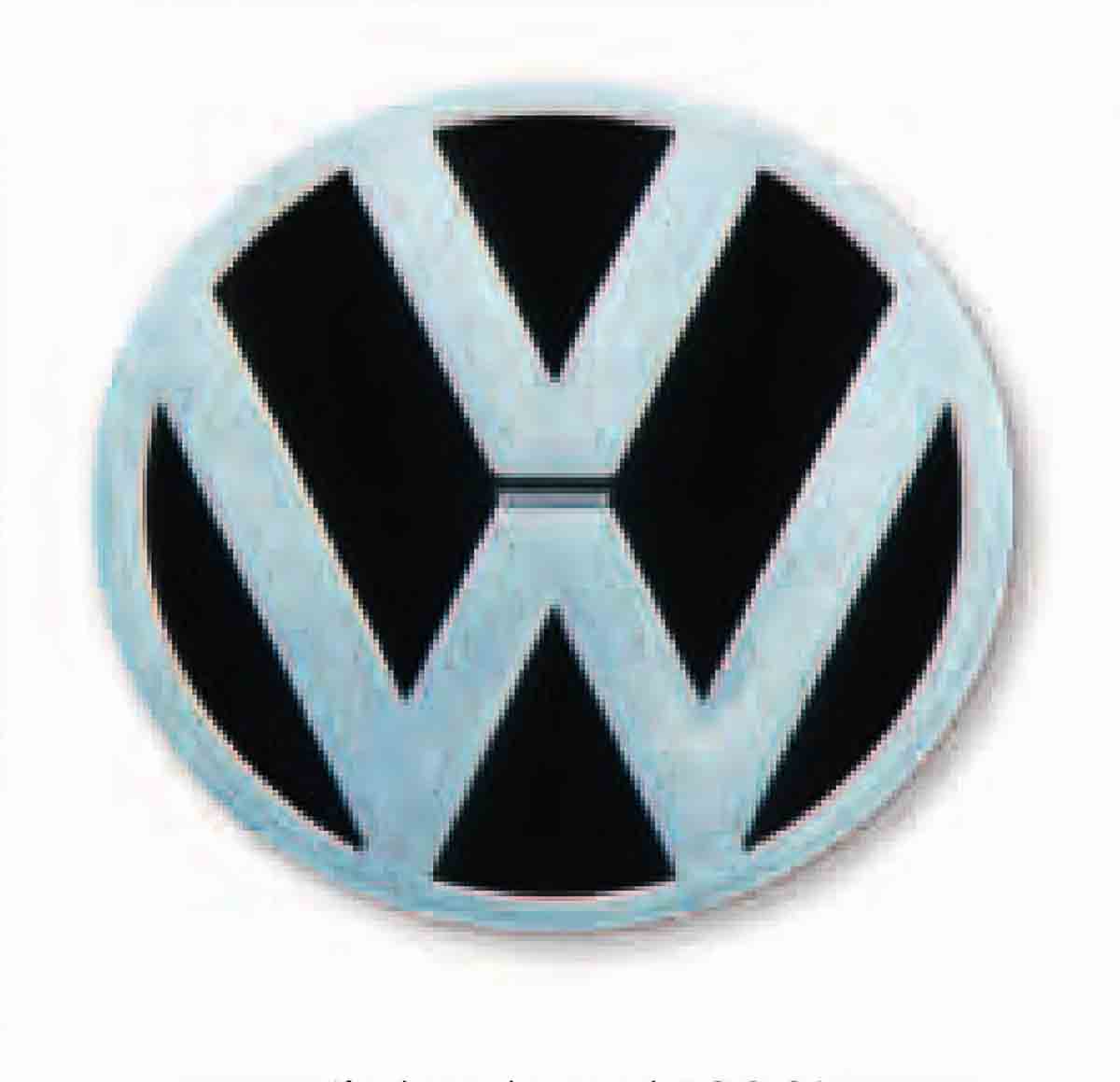
(introduced 1938)
In 1945 the Volkswagen factory came under the control of the Americans, then the British, but no existing car manufacturer could see a future for the curious German vehicle with its simple platform chassis, rear-mounted, air-cooled engine, and torsion-bar suspension. It fell to a British army officer. Major Ivan Hirst, to reorganize the war-ravaged factory and finally get the Volkswagen into production. The British forces in Germany ordered 20,000 cars, and soon production was running at 1,000 per month. Output rose as labor and materials became more readily available, and exports began in 1947. A second model line—the Type 2 van—was added in 1950. By 1955 more than 1 million Volkswagen cars and vans had been built.
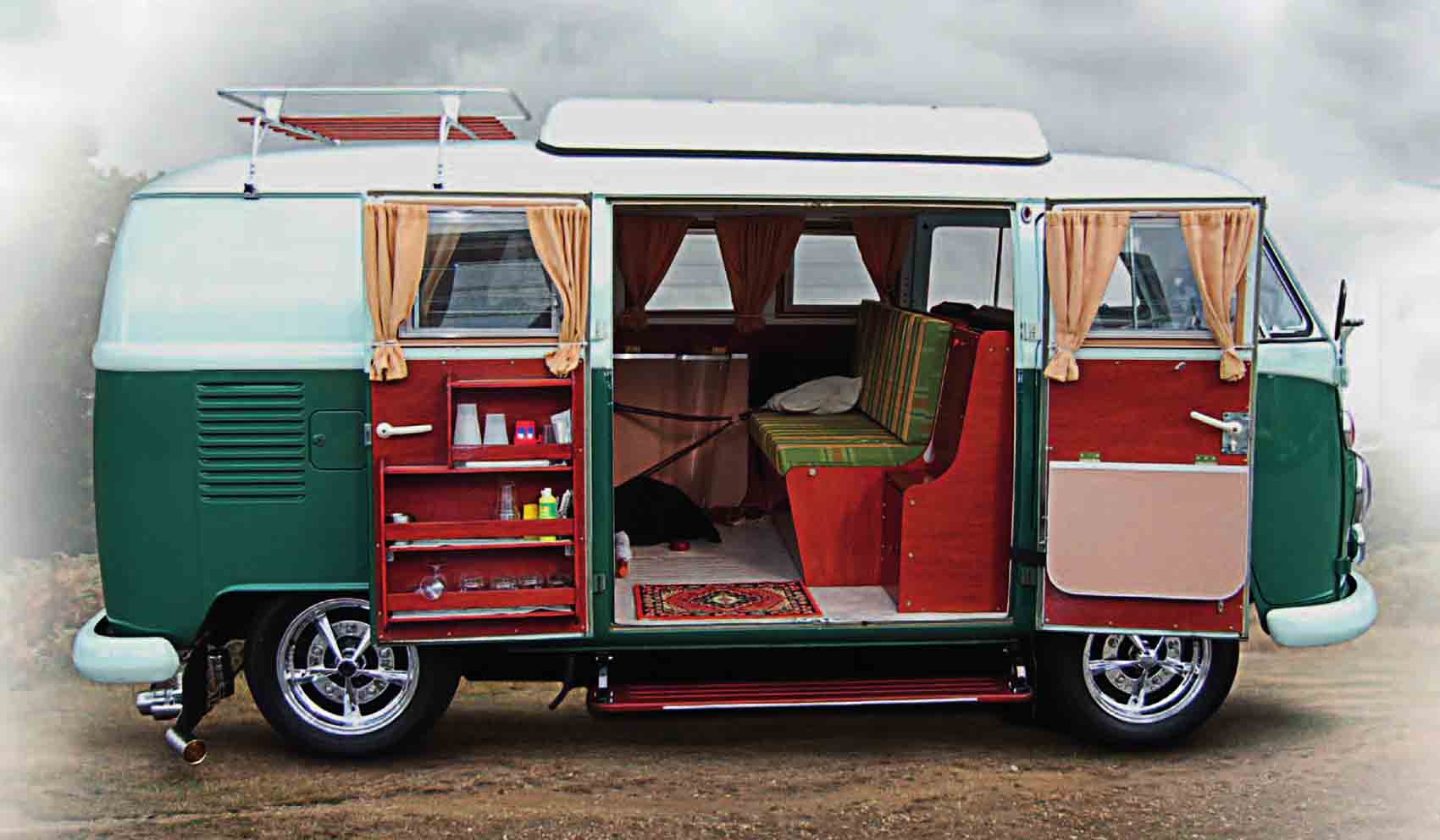
Beloved of hippies, surfers, and families, the Type 2 Camper Van combined the freedom of the road with essential home comforts.
Simplicity, reliability, and low cost were the major attractions of the Volkswagen. As Europe struggled to repair itself in the aftermath of the war, the Volkswagen proved to be the right car at the right time. It was even successful in the United States, where it grew into a cult car that sold on its anti-establishment, anti-fashion image. The Doyle Dane Bernbach agency produced a classic series of advertisements that turned what many Americans might have seen as the Volkswagen’s weaknesses—such as its small size, four-cylinder engine, and lack of annual styling changes—into positive selling points.
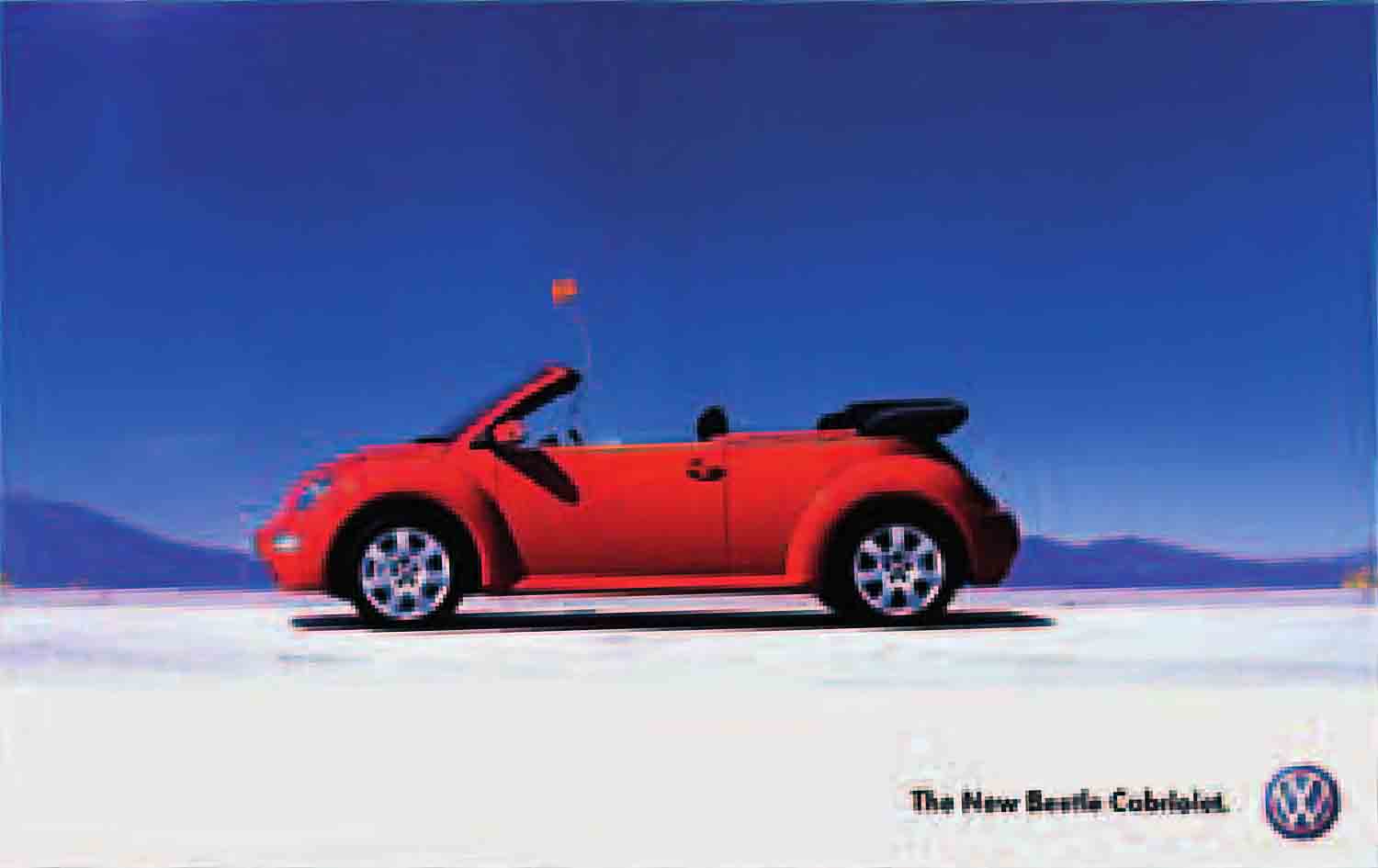
The New Beetle evoked its namesake’s styling; unlike the original, it had a front-mounted engine and front-wheel drive.
The success of the Beetle, as the car was nicknamed, nearly became the company’s downfall. Throughout the 1960s Volkswagen relied on the Beetle and its derivatives, ignoring advances in technology and the improvements in living standards that its customers were enjoying in Germany’s post-war economic boom. Production of the Beetle hatchback in Germany ended in 1978, and the cabriolet remained on sale until 1980. Manufacture of the Beetle then moved to Brazil and Mexico, where the car continued to sell strongly.
The Beetle’s eventual replacements were the Golf and Polo—modern, front-wheel-drive hatchbacks that first appeared in the mid-1970s. Although they were not the only front-wheel-drive Volkswagens—there had been the K70 and Passat hatchbacks—the Golf and Polo were the first direct alternatives to the Beetle.
The Golf’s arrival was timely, since European and U.S. buyers were switching to small cars in the wake of the early-1970s oil crisis. The Golf took over as the marque’s core model, its image bolstered by the surprising success of the Golf GTI. The fuel-injected GTI of 1975, developed as an after-work project by some Volkswagen engineers, was only expected to sell a few thousand.
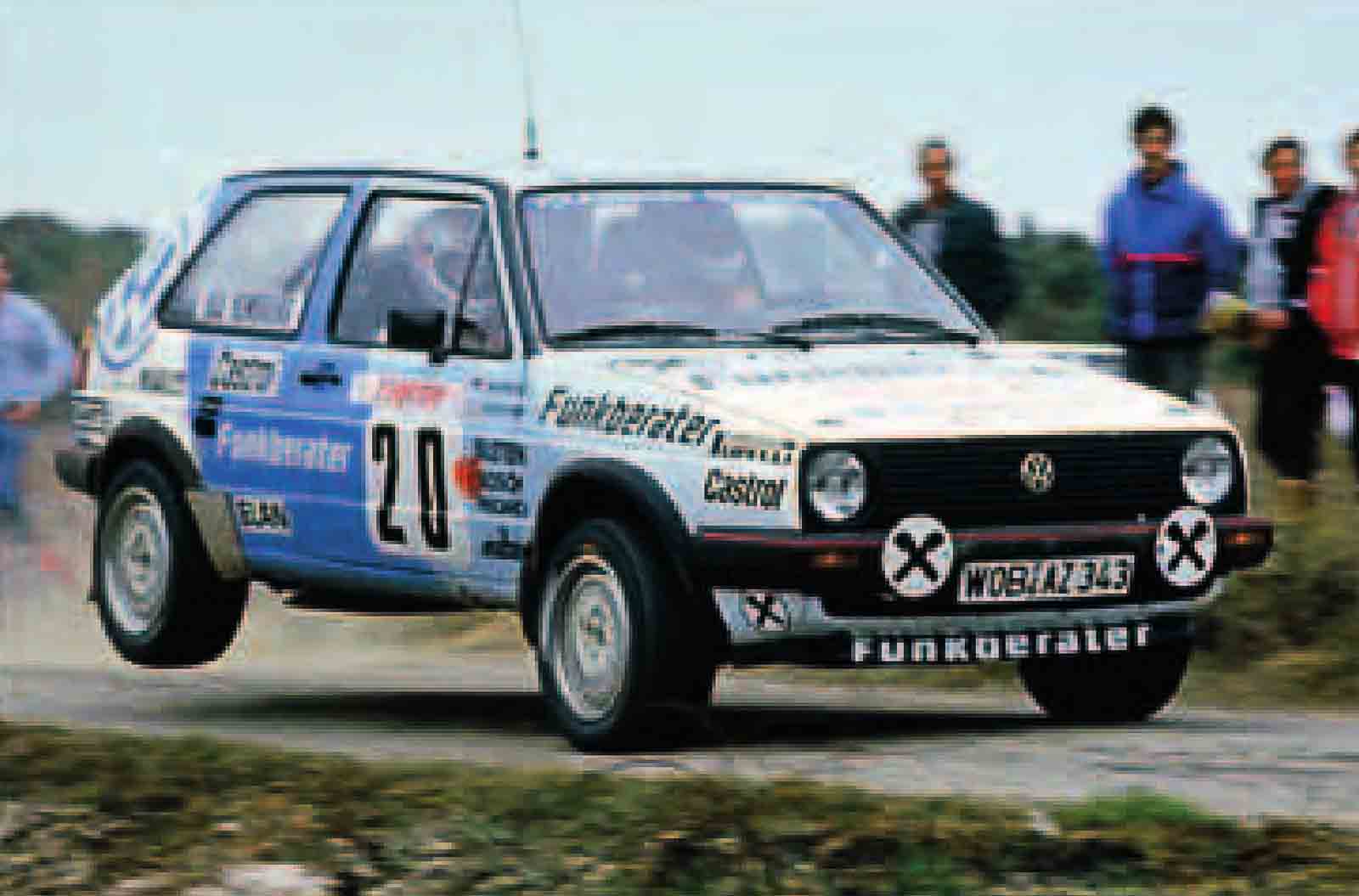
The Golf GTI, one of the first “hot hatches,” was a regular on the rally circuit. Here, Franz Wittmann and Matthias Feltz put their GTI through its paces in the 1986 Monte Carlo Rally.
But the GTI’s combination of pace, good handling, practicality, and modern styling proved irresistible. GTI models became a key part of the Golf range for decades to come.
Volkswagen extended its horizons in the 1980s and 90s, becoming one of the first European car makers to set up a joint venture in China and establish low-cost manufacturing plants in Eastern Europe after the fall of the Berlin Wall in 1989. Volkswagen’s Polo, Golf, and Passat ranges gained technical sophistication through successive generations. The marque’s reputation for reliable, well-designed products was enhanced by innovations such as narrow-angle, five- and six- cylinder engines in the 1990s and the DSG twin-clutch transmission in 2003.
Meanwhile, the Volkswagen product range was expanding into new market sectors. A small car, the Lupo, was launched in 1998. There was also a special-edition of the Lupo, the 3L, with a 1.2-liter turbodiesel engine that gave a fuel consumption of more than 90mpg (3 liters per 100 km). At the other end of the range, the Phaeton limousine of 2002 offered both a powerful 6.0-liter W12 engine (effectively two VR6 units merged together) and an extraordinary 5.0 liter V10 diesel—the latter also being used in the Touareg SUV of 2002. More controversial was the New Beetle of 1998. Critics argued that, apart from styling, it had nothing in common with the original car, but it still became a successful niche model.
Under the leadership of Ferdinand Piech, grandson of Ferdinand Porsche, Volkswagen acquired Lamborghini and Bugatti in 1998. The same year it also bought Rolls-Royce and Bentley Motor Cars, but failed to secure the rights to the Rolls-Royce name, which went to BMW. Volkswagen claimed it had only ever wanted Bentley; most observers saw it as a missed opportunity.
In 2009 Porsche launched a daring takeover bid for Volkswagen, but it failed to raise enough money to buy the stake it needed and ran up large debts in the process. Volkswagen injected cash into Porsche to help it avoid bankruptcy, and the two then planned a friendly merger for 2011.
Meanwhile, Volkswagen’s relentless new product offensive continued with excellent cars such as the new Scirocco, Passat CC, and the fifth-generation Polo, capable of superb fuel economy.

1932 Adolf Hitler sketches out his first ideas for a people’s car.
1934 Ferdinand Porsche is hired to design the Kdf-Wagen.
1938 Final Volkswagen prototypes are put on show, but few cars are built before World War II.
1945 Volkswagen factory resumes production under the leadership of British army major Ivan Hirst.
1950 The Type 2 Volkswagen, a van based on the Beetle (Type 1), is launched.
1955 The 1-millionth Volkswagen is built at the Wolfsburg factory.
1965 Volkswagen buys Auto Union, including the brands Audi, DKW, Horch, and Wanderer, from Daimler-Benz.
1969 Volkswagen takes over NSU and adopts an unlaunched NSU sedan as the Volkswagen K70.
1974 Volkswagen launches the Scirocco and Golf, followed by the Polo in 1975, at last replacing the Beetle with modern, water-cooled, front-wheel-drive cars.
1975 The Golf GTI proves an unexpected success, becoming a mainstream part of the Golf range.
1978 Beetle production in Germany ends, but the car is still produced in Brazil and Mexico.
1990 Volkswagen buys the Spanish manufacturer SEAT, whose previous technology partner was Fiat.
1998 Volkswagen buys Lamborghini and Bentley, as well as the rights to the Bugatti name.
1999 Volkswagen buys the Czech car marque Skoda.
2000 Volkswagen founds Bugatti Automobiles SAS at Chateau Saint Jean in Dorlisheim, France.
2003 Production of the original Beetle finally ends in Mexico, with more than 21 million having been made worldwide.
2009 Volkswagen rescues Germany’s Karmann from bankruptcy.
2010 After a battle for control, Volkswagen and Porsche plan a merger.
It is a quote. The Definitive Visual History Of The Automobile 2011




